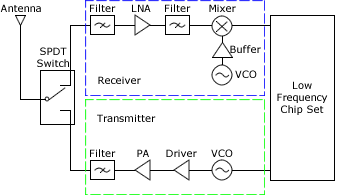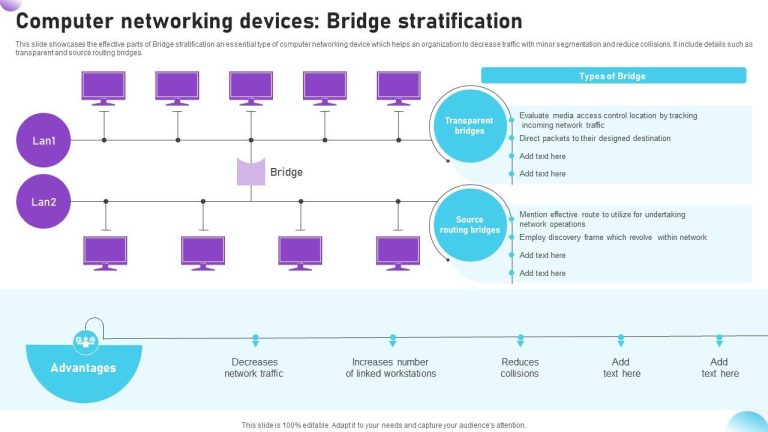What is Zero Forcing (ZF)?
telcomatraining.com – Zero Forcing (ZF) is a signal processing technique widely used in communication systems to address channel distortion. This method aims to reduce or eliminate interference caused by overlapping signals in wireless environments. By neutralizing such distortions, ZF helps improve the clarity and accuracy of transmitted signals.
Understanding Interference in Wireless Communication
In wireless communication, multiple signals often share the same channel. This leads to interference issues such as:
- Inter-Symbol Interference (ISI): ISI occurs when echoes or delayed versions of transmitted symbols overlap due to multipath propagation. The received signal becomes distorted, making it challenging to decode correctly.
- Co-Channel Interference: This type of interference arises when multiple users transmit signals on the same frequency band, causing signal overlap and degradation.
Objective of Zero Forcing
The primary goal of ZF is to mitigate interference and distortion caused by the communication channel. The name “Zero Forcing” reflects its objective of reducing inter-symbol interference to zero. By focusing on this, ZF ensures a cleaner and more accurate signal at the receiver’s end.
How Zero Forcing Equalization Works
ZF equalization is a linear technique applied at the receiver. It involves constructing an inverse filter to counteract the channel’s effects. Here’s a closer look at how it works:
- Inverse Filtering: The ZF equalizer creates a filter that inversely matches the channel’s characteristics. This filter aims to restore the received signal to its original form.
- Signal Matching: The technique seeks to align the received signal as closely as possible to the transmitted signal by compensating for distortions introduced by the channel.
Mathematical Representation of Zero Forcing
In mathematical terms, ZF can be represented as follows:
- Let y be the received signal vector.
- Let H be the channel matrix, representing the channel’s response.
The ZF equalizer calculates the estimated transmitted signal vector (x̂) using the equation:
x̂ = H⁻¹y
Here, H⁻¹ denotes the inverse of the channel matrix H. This equation highlights how ZF works to reverse the channel effects and recover the transmitted signal.
Limitations of Zero Forcing
While ZF offers a straightforward approach to equalization, it has several limitations:
- Assumption of Perfect Channel Knowledge: ZF relies on accurate knowledge of the channel matrix, which may not always be feasible due to estimation errors.
- Noise Amplification: If the channel matrix is ill-conditioned (nearly singular), ZF can significantly amplify noise, reducing its effectiveness in practical scenarios.
Performance Analysis
ZF is a simple equalization method that works well under ideal conditions. However, it often falls short in real-world applications due to its sensitivity to channel estimation errors and noise amplification. Advanced techniques, such as Minimum Mean Square Error Linear Equalization (MMSE-LE) and Decision Feedback Equalization (MMSE-DFE), are more commonly used in modern communication systems for better performance and robustness.
In summary, Zero Forcing plays a foundational role in signal processing, offering a basic yet critical method for addressing interference and channel distortions. Despite its limitations, it provides valuable insights and serves as a stepping stone for more advanced equalization techniques.







